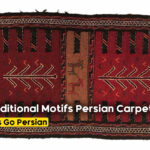
Decoding Traditional Motifs and Designs in Persian Carpets

Important Tips for Maintaining and Cleaning Hand-Woven Carpets
Choosing the right carpet for your interior space is an essential decision that can transform the look and feel of your home. Carpets add warmth, texture, and style to any room, but with so many options available, it can be overwhelming to make the right choice. Whether you’re looking for a traditional Persian rug, a modern design, or something more functional, this comprehensive guide will help you navigate the key factors to consider when selecting the perfect carpet for your home.
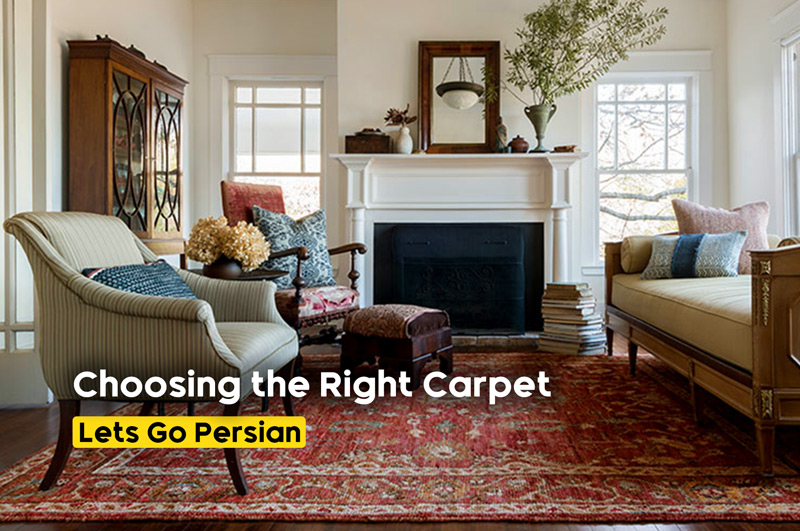
A Comprehensive Guide to Choosing the Right Carpet for Your Interior Space
Step 1: Define the Purpose of the Carpet
Consider the Function of the Room
Before diving into design and material options, it’s essential to think about the purpose of the carpet in the space where it will be placed. Different rooms require different carpet characteristics:
- Living Room: This is often the focal point of the home, so you may want to choose a statement piece, such as a luxurious Persian carpet or a bold, colorful design.
- Bedroom: Comfort and warmth are key here. A soft, high-pile carpet made from wool or silk would be ideal for creating a cozy environment.
- Dining Room: For spaces with high foot traffic or where spills are more likely, consider a low-pile, durable carpet that’s easy to clean.
- Hallways and Entrances: These areas endure heavy traffic, so a rug with high durability and a design that hides dirt and wear is crucial.
Step 2: Choose the Right Material
Natural vs. Synthetic Fibers
The material of the carpet affects not only the look and feel but also its durability and maintenance. Persian carpets are often crafted from natural fibers, but modern carpets can also be made from synthetic materials.
Natural Fibers
- Wool: Wool carpets are soft, durable, and naturally resistant to stains and dirt. They are ideal for living rooms and bedrooms where comfort is essential. Wool is also flame-resistant, making it a safe option.
- Silk: Known for its luxurious sheen, silk carpets are perfect for adding elegance to a room. However, silk is more delicate and better suited for areas with less foot traffic, like a bedroom or formal living space.
- Cotton: Cotton is more affordable than wool and silk but tends to wear out more quickly. It’s often used for smaller rugs or decorative pieces.
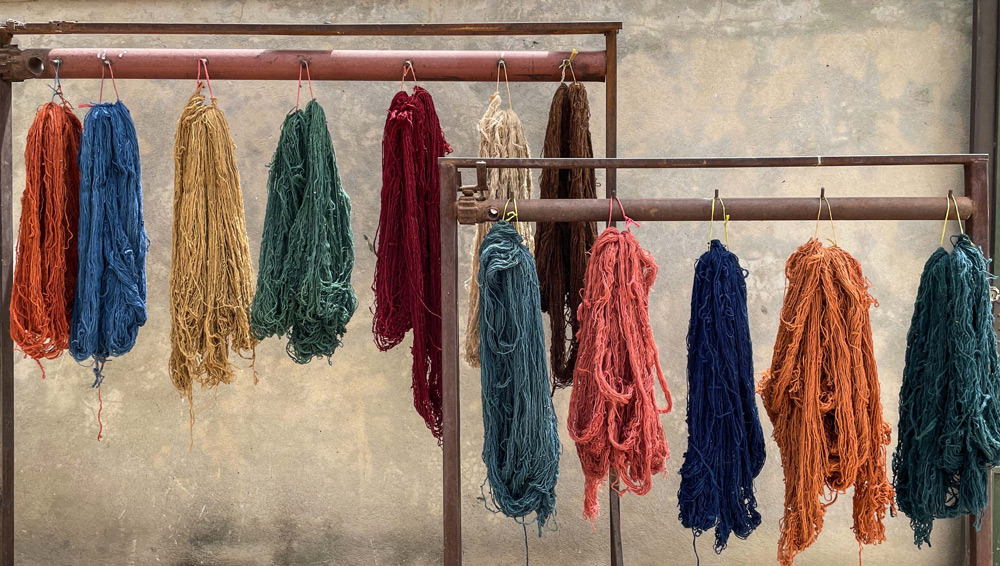
Carpet wool
Synthetic Fibers
- Nylon: Highly durable and easy to clean, nylon carpets are excellent for high-traffic areas such as hallways or family rooms.
- Polyester: Polyester carpets are affordable and offer vibrant colors. However, they may not be as durable as nylon and are more prone to wear and tear.
- Polypropylene (Olefin): This synthetic fiber is moisture-resistant and perfect for outdoor or damp areas like basements or kitchens.
Step 3: Select the Right Style
Carpet Styles and Patterns
Carpets come in a wide variety of styles, each suitable for different aesthetics and room purposes. Whether you prefer traditional designs or something more modern, the right style can enhance your space.
Traditional Persian Carpets
- Medallion Designs: A Persian carpet with a central medallion can serve as the focal point of your room, particularly in formal living rooms or dining spaces.
- Floral Motifs: Persian carpets with floral patterns bring a sense of elegance and sophistication to any room, making them ideal for bedrooms or more formal areas.
- Geometric Patterns: If you prefer a more casual or tribal aesthetic, Persian carpets with geometric motifs can add character to your interior, especially in bohemian or eclectic settings.
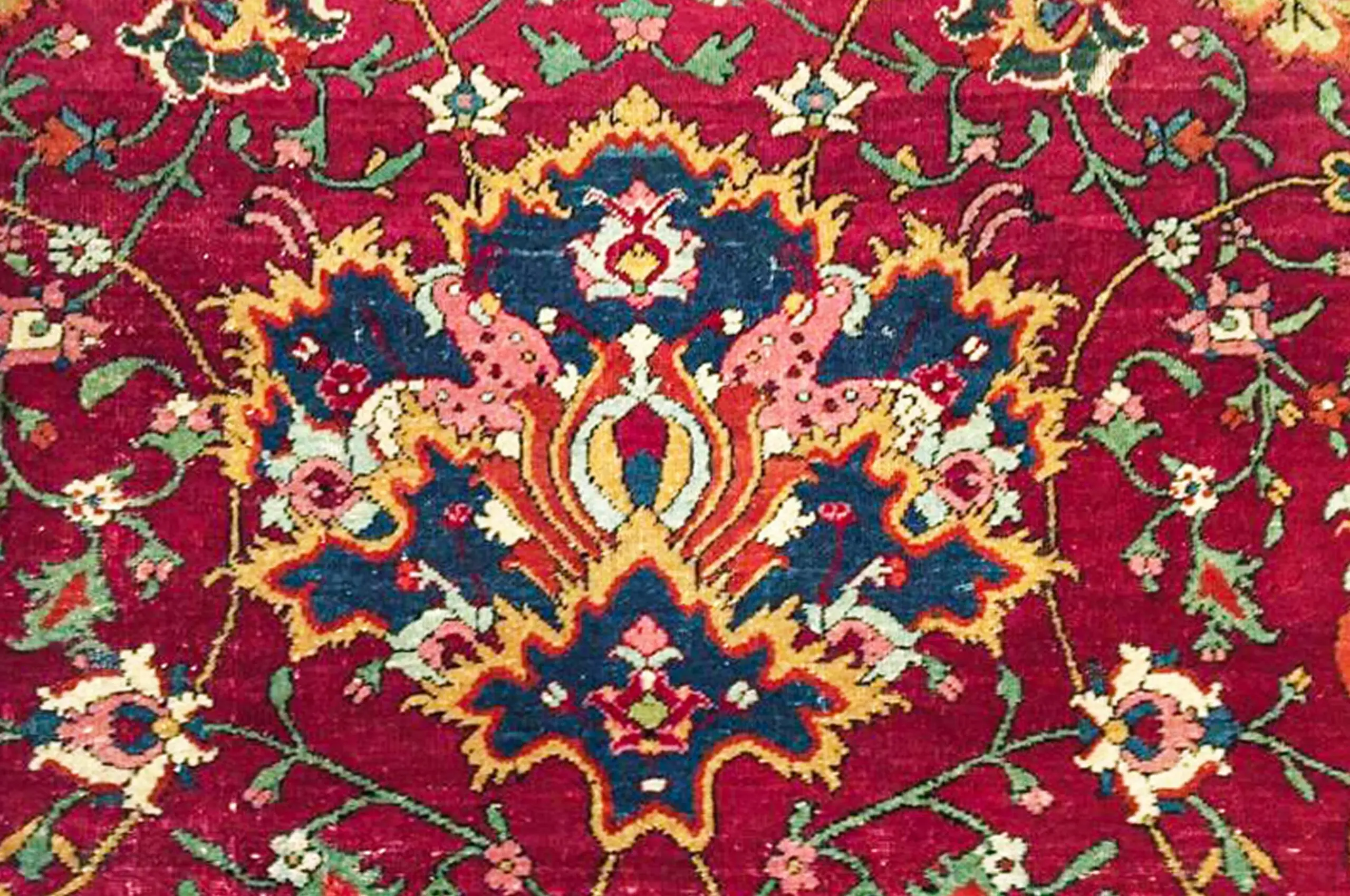
Shah Abbasi Flower
Modern and Contemporary Designs
- Minimalist Rugs: For a modern interior, minimalist carpets in neutral tones or simple abstract patterns work well to complement clean lines and open spaces.
- Bold Colors and Patterns: Contemporary designs often feature bold colors or striking patterns, perfect for adding a pop of personality to rooms like living spaces or kids’ rooms.
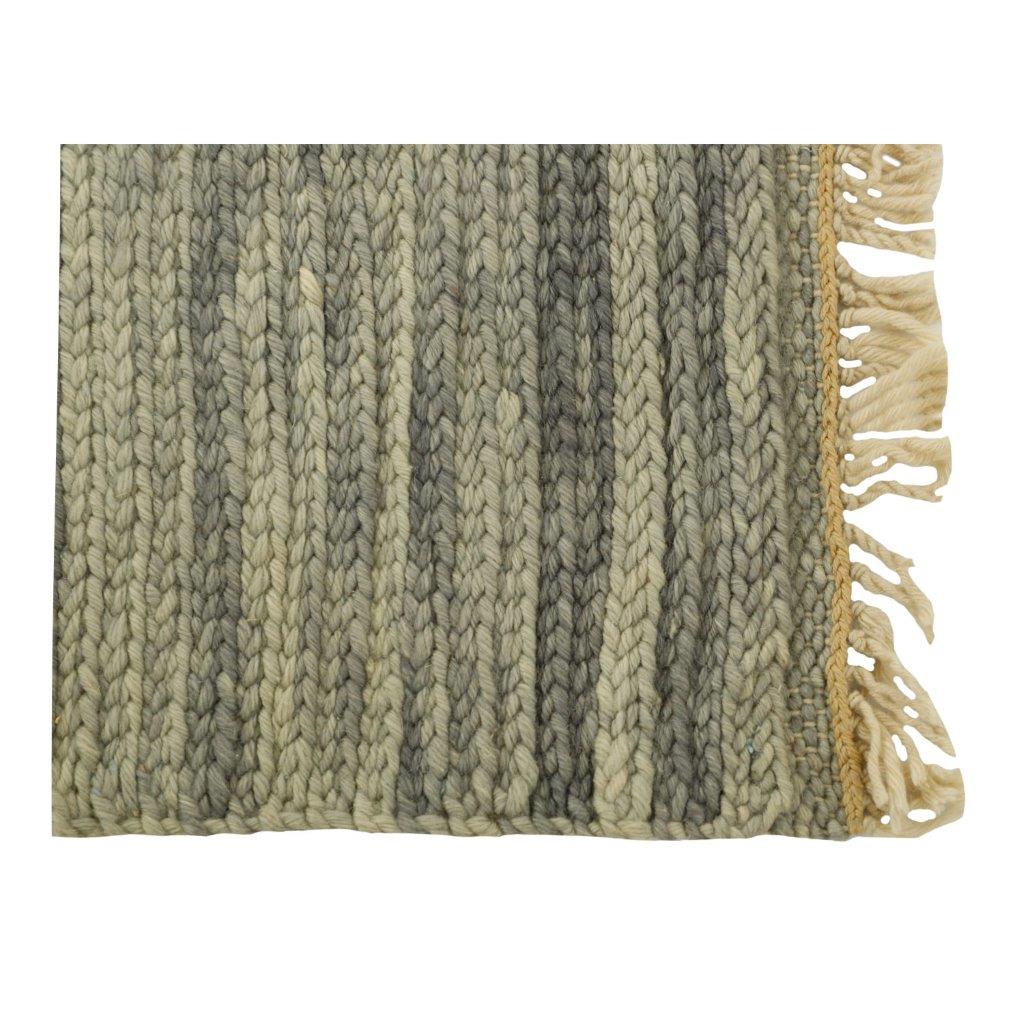
Minimalist Rugs
Textured Carpets
- Shag Carpets: These high-pile carpets offer a soft, plush texture that’s great for creating a cozy, informal atmosphere in living rooms or bedrooms.
- Berber: With its looped construction, Berber carpets are durable and great for high-traffic areas. They’re often seen in neutral colors, making them versatile for various interior styles.
Step 4: Consider Size and Placement
Proportions and Layout
The size of the carpet can greatly impact the overall balance and flow of a room. A carpet that is too small can make a room feel disjointed, while an oversized carpet can overwhelm the space.
- Living Room: A good rule of thumb is to choose a carpet that’s large enough to fit under the front legs of your furniture, or even all of the furniture if the room is large enough.
- Bedroom: Ideally, your carpet should extend beyond the bed, providing a soft landing when you step out of bed. Consider a 9×12 rug for a king-size bed or smaller runners on either side.
- Dining Room: The carpet should be large enough to fit under the table and chairs, even when the chairs are pulled out. A rectangular or oval carpet that extends at least 24 inches beyond the table on all sides works best.
Layering Carpets
For a more eclectic or layered look, you can place a smaller accent rug over a larger neutral carpet. This technique adds depth and texture to your space, especially in living rooms and bedrooms.
Step 5: Match the Carpet with Your Interior Design
Color Coordination
The color of your carpet can tie your entire room together. Consider the existing color scheme of your furniture, walls, and accessories when selecting a carpet.
- Neutral Tones: Beige, gray, or cream carpets offer versatility and work well with almost any interior style. They are great for creating a calm and balanced atmosphere.
- Bold Colors: A carpet in a bold color such as red, blue, or green can serve as a focal point in a room and add vibrancy to a neutral space.
- Multicolored Carpets: Persian carpets often feature multiple colors, which can help you coordinate various hues in your room’s design, tying different elements together harmoniously.
Texture and Contrast
Consider the texture of the carpet about the other surfaces in the room. For example, if you have smooth wooden floors, a textured wool carpet can provide a nice contrast and add warmth.
- Smooth vs. Textured: A textured carpet like Berber or a shag rug can add a layer of coziness, while a smooth silk or wool rug may complement modern, sleek designs.
Step 6: Maintenance and Durability
Cleaning and Care
The lifespan of a carpet largely depends on its maintenance. Some materials and weaves are more resilient to stains and wear than others, so choose accordingly.
- Wool: Wool is naturally stain-resistant, but it should still be cleaned regularly to maintain its appearance.
- Silk: Silk carpets are delicate and require professional cleaning to avoid damage.
- Synthetic Fibers: Nylon and polypropylene carpets are easy to clean and resistant to stains, making them ideal for households with children or pets.
Durability in High-Traffic Areas
For high-traffic areas like hallways or living rooms, opt for a durable carpet that can withstand heavy use. Low-pile options like Berber or Persian carpets with tight knots will last longer in these areas.
Conclusion
Choosing the right carpet for your interior space is a balance of functionality, style, and personal taste. By considering the room’s purpose, selecting the right material, size, and design, and factoring in durability and maintenance, you can find the perfect carpet to enhance your home’s decor. Whether you opt for the timeless elegance of a Persian carpet or the bold statement of a modern rug, the right carpet will bring warmth, texture, and beauty to your interior space for years to come.



















